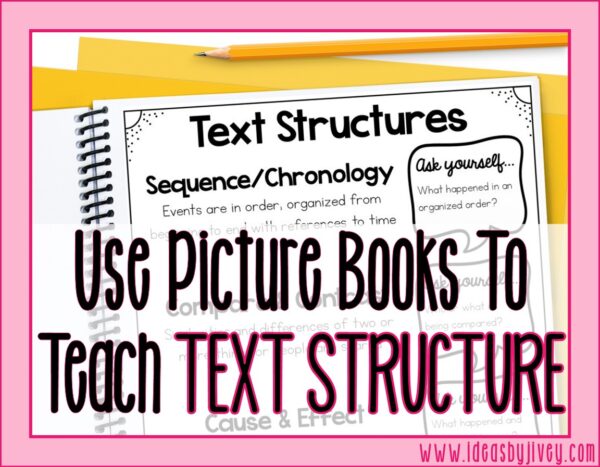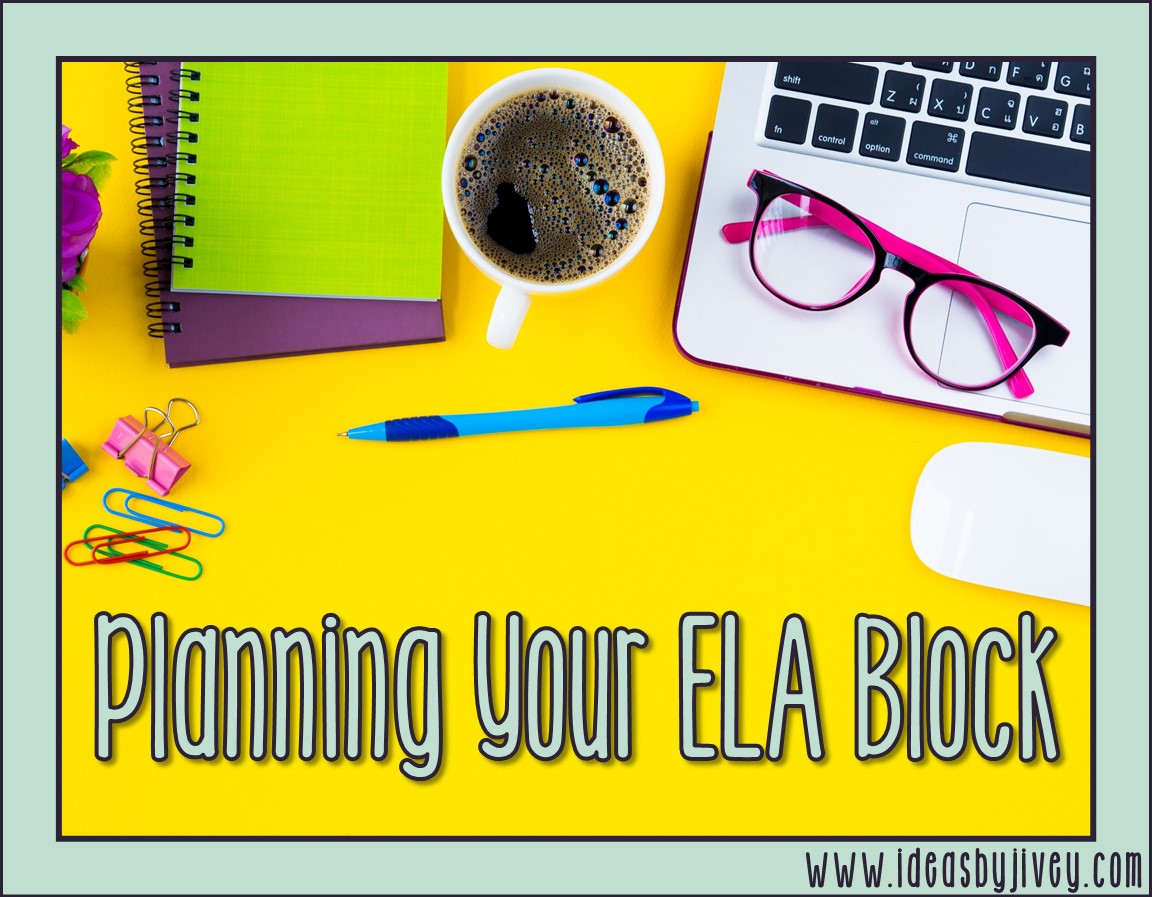
Weaving Mentor Sentences Into Writing With First Point of View
One of the most common questions I hear from teachers is, “How can I help my students carry over what they learn during mentor sentence

One of the most common questions I hear from teachers is, “How can I help my students carry over what they learn during mentor sentence

We all know the importance of modeling great writing. Just as we use mentor texts for narrative or persuasive writing, we need to use mentor

Teaching students to write with figurative language, including similes, metaphors, and personification, will allow students to express complex ideas and emotions in creative ways. Using

Persuasive writing is arguably one of the toughest writing genres to teach. One of the most effective ways to teach this skill is through the

Text structure is the way authors organize expository information for a specific purpose. Aside from the fact that it’s a required reading standard, it’s important

A question I’m commonly asked by upper elementary teachers in regards to using mentor texts is just how to plan a schedule that can fit